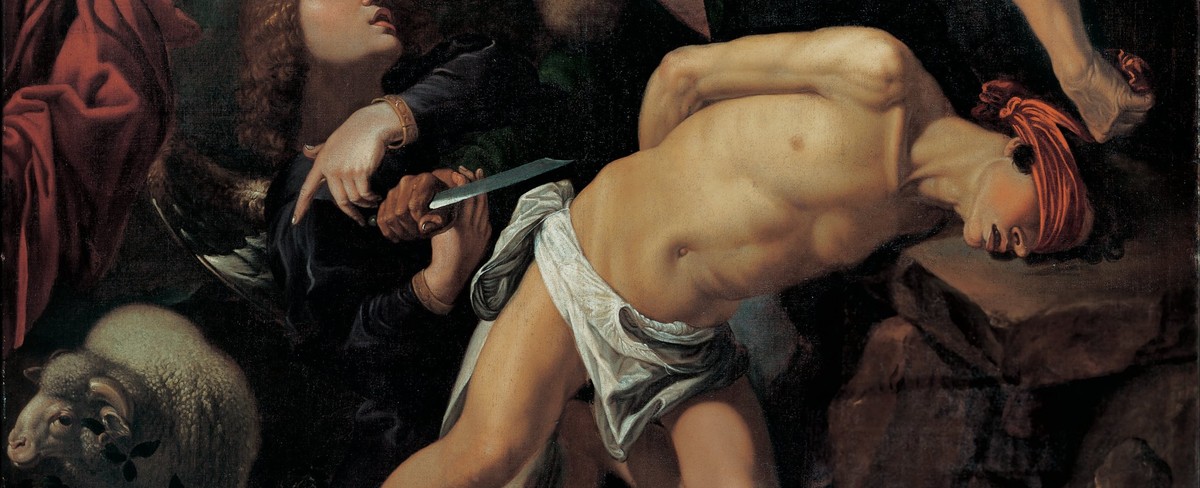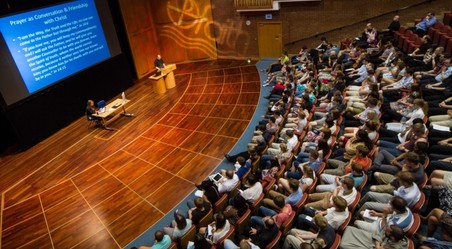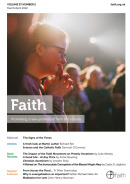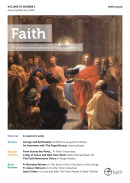Featured
Creation, the Catechism, Evolution and Angels

My purpose in writing this article is twofold; in the first place to look at what the Catechism of the Catholic Church (CCC) has to say on the subject, and secondly too see whether it is possible to throw any light on why there has been suffering and disorder in nature not only since the fall of Adam and Eve, as was once thought, but seemingly since the creation of the first living beings.
Social Media and the Anti-Contemplative Spirit

In his acclaimed new book The Power of Silence Cardinal Sarah states that contemplative silence is a silence of Adoration and listening by a person who stands in the presence of God.
As someone who spent three years in a contemplative novitiate in France, I can testify to the strength of this experience. This standing in the presence of God (the loving Father who is constantly seeking us out) has immense power to order and soothe our lives.
The Rosary
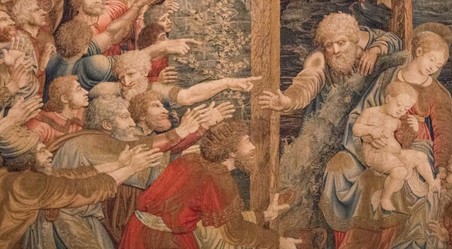
In this, the Centenary year of the Fatima apparitions, which took place between May and October 1917, it is good to remind ourselves of the essential points which the Our Lady spoke of to the young seers, Jacinta and Francisco Marto, and Lucia dos Santos. One of the most important of these was the particular focus she had on the rosary, and in fact, on every one of her six apparitions she specifically asked for the rosary to be said. This aspect of her message could not have been more emphatic.
Interview with Cardinal Gerhard Mueller
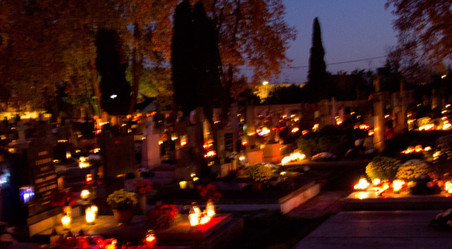
Meeting the Prefect of the CDF does have an agreeable sense of drama about it – the opening scenes of a film. And the tall, rather imposing figure in a cassock with red piping fits the scene – ease and dignity as he comes through the double-doors into the vast high-ceilinged room. But the greeting is a warm and friendly one, the eyes are smiling, and somehow the conversation flows freely from the start.
Meeting the Prefect of the CDF does have an agreeable sense of drama about it – the opening scenes of a film. And the tall, rather imposing figure in a cassock with red piping fits the scene – ease and dignity as he comes through the double-doors into the vast high-ceilinged room. But the greeting is a warm and friendly one, the eyes are smiling, and somehow the conversation flows freely from the start.
Book Review
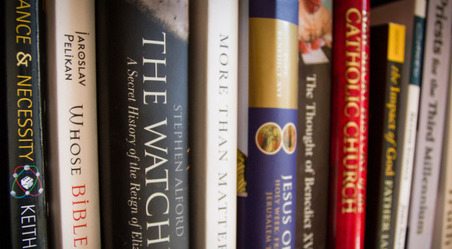
It is unarguable that no decade in the 2000 year history of the Catholic Church saw more change that from 1960 to 1970. While politics, society and culture were changing rapidly during those years, the seismic event we call Vatican II is the single most important cause of the changes in the Catholic Church.
It is unarguable that no decade in the 2000 year history of the Catholic Church saw more change that from 1960 to 1970. While politics, society and culture were changing rapidly during those years, the seismic event we call Vatican II is the single most important cause of the changes in the Catholic Church.
Book Review
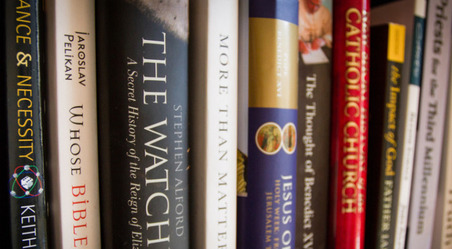
Jean Vanier’s gentle book on the Gospel of John focuses on themes that Vanier holds dear to his heart. Vanier, the founder and inspirer of L’Arche communities, where people with and without intellectual disabilities share daily life together, is particularly interested in relationships, human vulnerability and fragility. It is perhaps of no surprise that he sees the Gospel of John as the Gospel of relationship.
Book Review
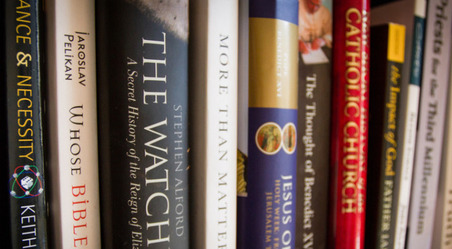
Fr. Aidan Nichols included the French Dominican Yves Congar when examining doctrinal development up to the present day in his From Newman to Congar, published in 1990. Andrew Meszaros now concentrates on Congar’s writings to show how Congar’s and Newman’s ecclesiology intertwine.
Book Review
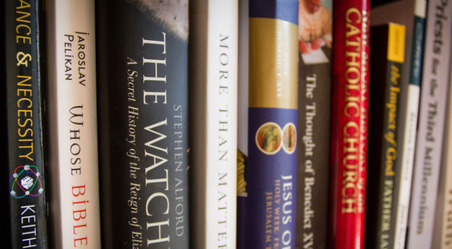
In much of the secular media, the Catholic Church is said to have remained silent in the face of Nazi atrocities. Not so, says Bartley in this well-researched work. And the resistance began with the condemnation of the race laws in pre-war Germany and only ended with the demise of Nazi Germany.
Holloway on: The Theology of Gender

The theology and the very life of the Catholic Church is built upon nature, and the concept of a nature is one of ministry and function. The very idea of a nature means that something is integrated into an environment, that through the laws of this environment it is subject, i.e., cannot do whatever it likes. The being or creature that does as it likes first breaks up the life of other things around, and then dies out itself.
-
Editorial
Lead Article
FAITH magazine is honoured to have an interview, in this issue, with Cardinal Gerhard Mueller, who until recently was Prefect of the Congregation for the Doctrine of the Faith, a position he held with great distinction and with courage.
The next years are not going to be easy ones for the Church, especially here in the West. Concluding his interview, Cardinal Mueller was right to reiterate the message of the great Saint John Paul: ”Do not be afraid!”
We commend the book The Cardinal Muller Report (Ignatius Press) as an excellent read. We hope to hear more from this Cardinal who merits more public gratitude than perhaps he has been given.
The FAITH Movement has always understood that real renewal in the Church comes through the Holy Spirit working “from below”, from within the People of God. New religious orders – from St Francis’ Friars to Mother Teresa’s Sisters of Charity – spring up in response to the Holy Spirit’s call, a call that requires courage and faith. And it is the same with smaller initiatives. Groups that are sometimes not noticed – the network of Padre Pio prayer groups is one such example – foster faith and good works and keep up the numbers at weekday Mass. Groups that may receive sneers – charismatic prayer groups dismissed as “happy clappies”, or Rosary groups that are seen an old-fashioned – bring new people into the Church in unexpected ways, offering hope and healing to the lonely, the disaffected, the confused.
The ordinary faithful are no longer remote from events in Rome and from the controversies and debates and arguments and tensions there. The internet brings instant news, gossip, and comment to anyone and everyone. And keeping up to date with that can be thrillingly addictive, especially when adding comments to the com-box or gleefully putting a link to a popular blog to spread the latest item with delicious speed.
Communication certainly plays its part in renewal. In the 19th century, news of the visions and miracles at Lourdes were spread by newspapers, and pilgrims travelled by the new routes carved out by road and rail. The 20th century saw its share of “radio priests” and then TV brought Archbishop Fulton Sheen to popularity – and then came the splendid Mother Angelica and EWTN.
But the voice of the Holy Spirit is often a gentle one, heard quietly. And sometimes the communication that is central to renewal has a more personal quality. The Faith Movement has large youth gatherings – but much of the real work is done more personally –the eager questions asked after a formal talk, the sacramental encounter in the confessional, the one-on-one conversations that run on late and tackle some of the great issues of faith and of life’s purpose.
The way in which “Rome” connects with the rest of us should be seen as pastoral service. One of the greatest achievements of the modern era has been the Catechism of the Catholic Church. It came from Rome, carrying the signature of Pope St John Paul, and was the work of Cardinal Joseph Ratzinger, then of the CDF. And it chimed with what the faithful wanted and needed.
How do we help to renew the Church? All must be based on prayer – and this issue of FAITH has a special feature on that most glorious of prayers, the Rosary. Teaching the Faith is also crucial, and we have a feature on Catholic schools. Studying the Faith for our own edification – literally building-up – is important and we have a feature on the role of the Angels in God’s plan of creation. Nourishing a contemplative spirit matters, and we have a feature tackling that.
And on the controversial issues of the day, we must ask that Rome gives a clear message. One of the most notable issues our day is what Pope Francis has described as “gender ideology”. Father Edward Holloway saw it coming, and his message about it was prophetic. We need clear leadership on this from the Church. In this, as in so much else, the Church speaks for human dignity and human values. In this, the authoritative voice of the Church chimes with what ordinary people know and understand in their heads and hearts.
At a time of confusion, the voice of the Church must be heard clearly. Pray for the Pope and the Bishops.

